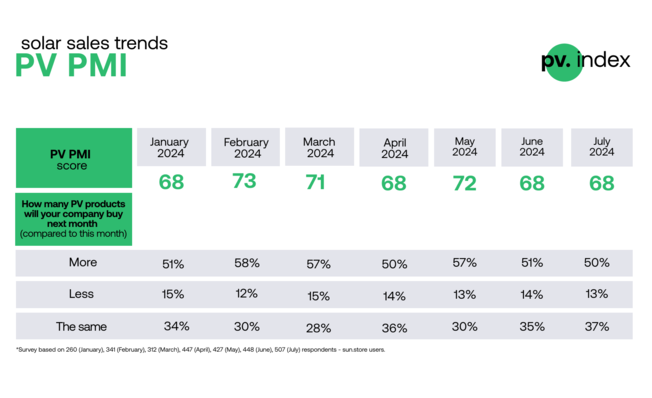Based on current market trends and current NECP goals, three-quarters of EU countries will hit their solar targets already by 2025. The rest will all hit their targets by 2027. It’s self-evident – EU countries must increase their solar ambition.
Explore the database here
What are NECPs?
In 2019, the EU mandated its Member States to publish and implement 10 year NECPs.
Running from 2021 to 2030, NECPs are meant to set out the member state's targets, policies, and measures that will enable the country to reach the 2030 EU renewable targets.
In 2019, the EU was only aiming for 32% renewables in its energy mix by 2030. As of 2023, that target has been increased to 42.5%, with a further indicative 2.5% on the table.
Since 2019, the EU solar market has also seen remarkable solar growth. The speed and scale of the solar wave has exceeded all previous expectations.
In 2022, the EU installed more than 40 GW of solar, seeing a 47% year-on-year increase from the 28 GW installed in 2021.
Why are NECPs important for solar?
The NECPs are crucial for solar. They form the basis for EU27 energy policy, and strengthen the business environment for solar investments in Europe – predictability, efficiency, and transparency.
Download the shareable graphs here (hcn)








